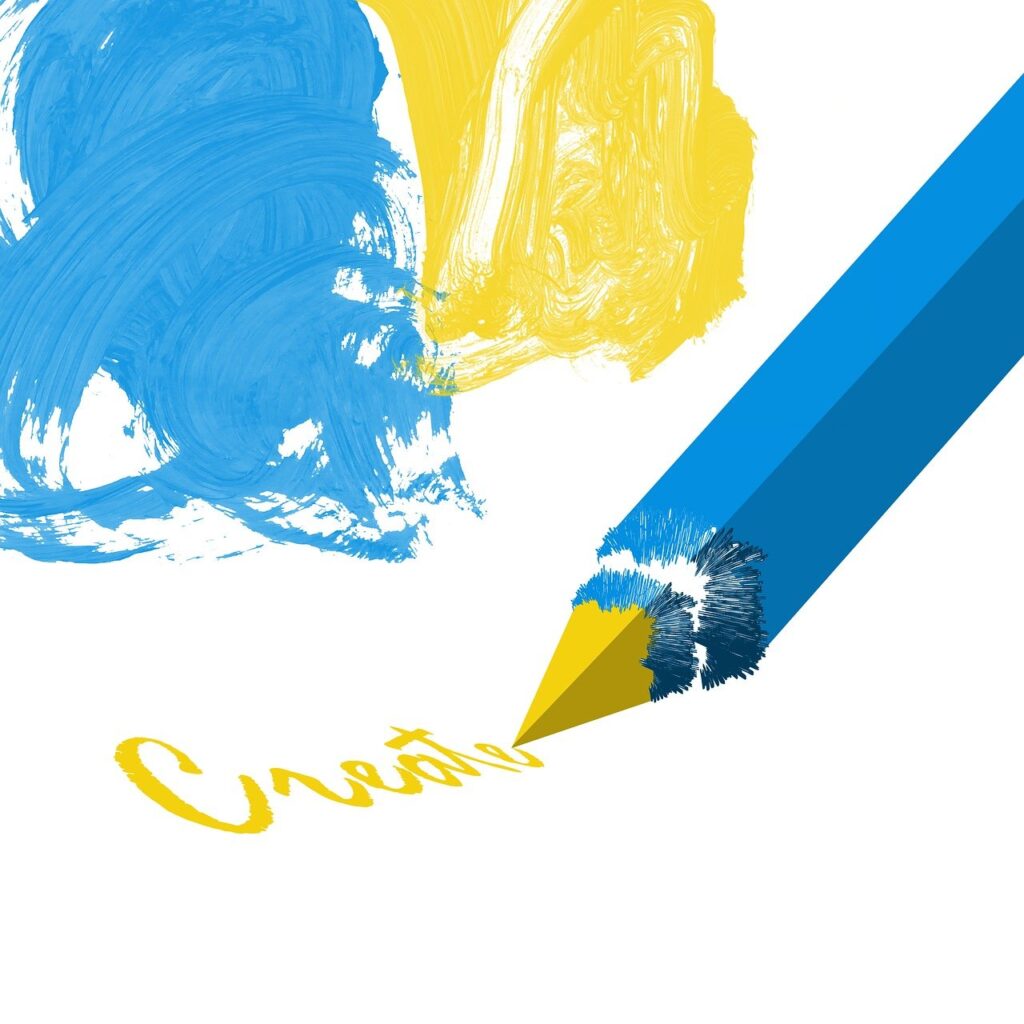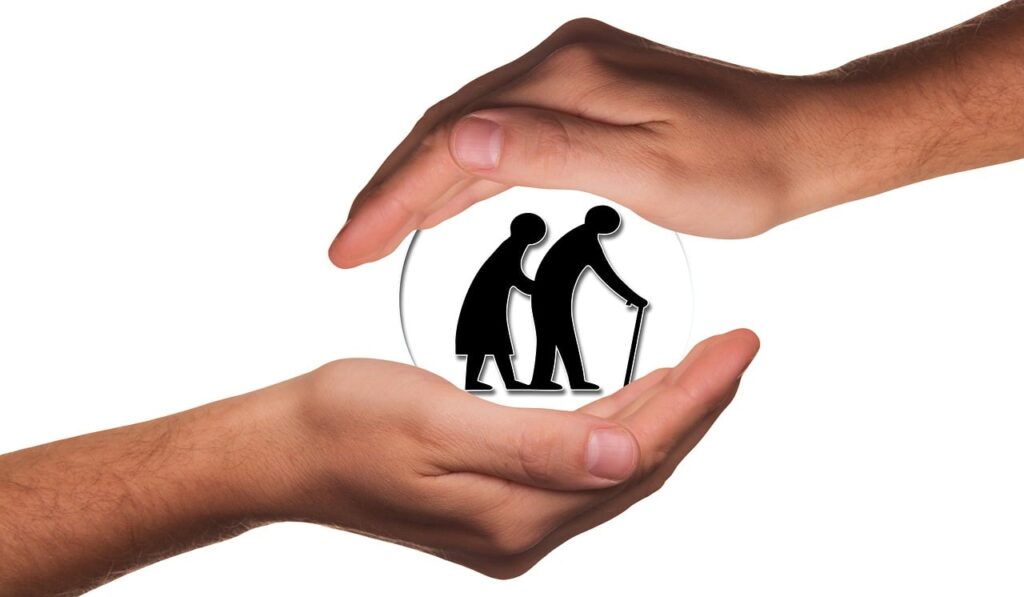
In the intricate journey of identity formation that marks adolescence, the figures young people look up to—their role models, mentors, and heroes—wield an immense power. This influence, often celebrated for its positive reinforcement, harbors a complex duality. Moving ‘beyond the image’ of mere admiration, we confront a challenging reality: how certain influences, or indeed the absence of them, can subtly, yet significantly, steer young individuals towards less favorable developmental paths, outcomes that can be profoundly ‘cruel’ in their impact on a formative life stage.
While the concept of ‘cruel behavior’ often conjures images of overt malice, in the nuanced landscape of adolescent development, it can manifest more insidiously. It refers to the unintended but deeply detrimental effects that arise when role models lead by example into risky territories, when mentors provide inadequate guidance, or when heroes fail to inspire genuine well-being. A recent study, conducted among 198 children aged 11-18 years, provides critical data points that illuminate these less-discussed facets of influence, challenging conventional wisdom and revealing how emulation can sometimes yield outcomes that are ‘cruel’ in their developmental cost.
Our in-depth exploration, structured around 14 key findings from this research, aims to unpack the mechanisms through which these influences operate. We delve into specific correlations where the choice, or the sheer absence, of an influencer directly impacts an adolescent’s interest in education, participation in risky behavior, confidence, happiness, and safety. This analytical approach reveals not just what happens, but *why* these behaviors, whether subtle or overt, inflict a significant, sometimes ‘cruel,’ toll on a young person’s journey towards a healthy and fulfilling adulthood.
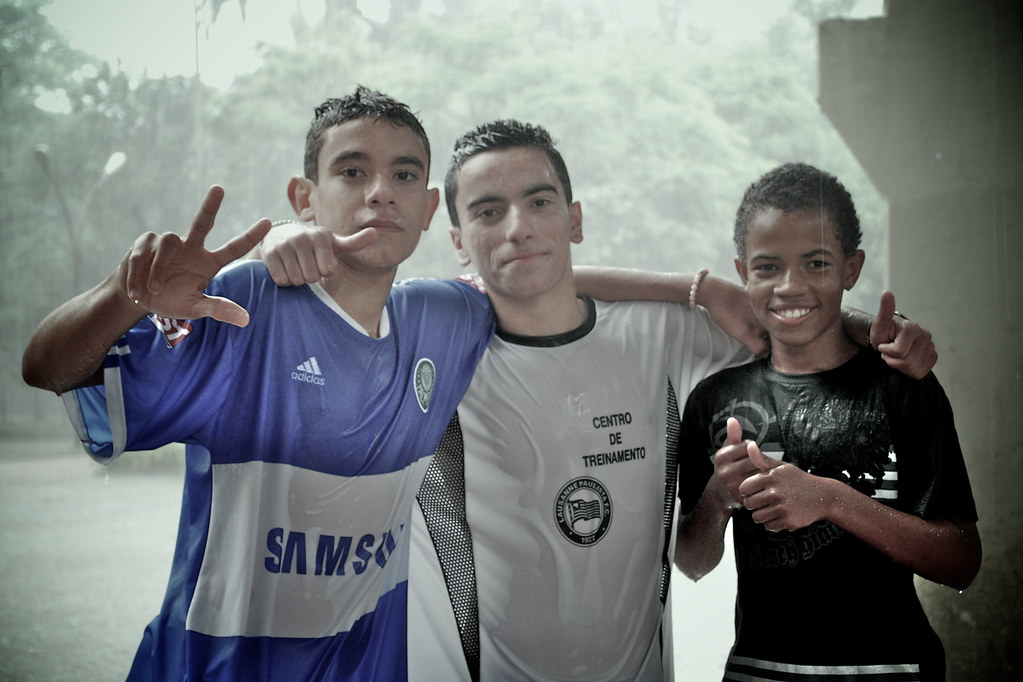
1. **The Peril of No Role Model: A Foundation Undermined**The very concept of a role model, defined by the American Academy of Child & Adolescent Psychiatry as “a person who serves as an example by influencing others,” suggests a fundamental need for guidance. It is often assumed that any role model is better than none, but recent research underscores the profound developmental void left by the complete absence of such a figure. The study found that a significant majority of adolescents, 70.7% of participants, identified having a role model. However, the 28.2% who did not report one faced distinct challenges.
For those adolescents without a role model, the study revealed statistically significant differences across multiple critical outcome measures, all pointing to less favorable conditions. These young individuals exhibited a notably higher propensity for risky behavior, suggesting a lack of a guiding example to navigate complex choices. The absence of a positive blueprint appears to leave a vacuum, making them more susceptible to engaging in actions with potentially negative consequences.
Moreover, the internal world of adolescents without a role model showed clear distress. They reported lower confidence levels, indicating a struggle with self-perception and self-worth, potentially due to the lack of an aspirational figure to emulate. This was further compounded by significantly lower happiness levels, pointing to a general sense of dissatisfaction or emotional vulnerability. The study explicitly notes that those with a role model had “higher interest in education (p=0.00082), less risky behavior (p=0.0148), higher confidence levels (p=0.0121), higher happiness levels (p=0.0006), and participated in safer behaviors (p=0.0291).” Conversely, the absence of a role model correlates with the inverse of these positive outcomes, illustrating a foundational impact on an adolescent’s overall well-being and developmental trajectory. This profound gap in guidance can be seen as a silent detriment, impacting their ability to thrive across various life domains.
Read more about: Automotive Icons Unraveled: The Definitive Account of 15 Star Brands and Models That Fell From Grace
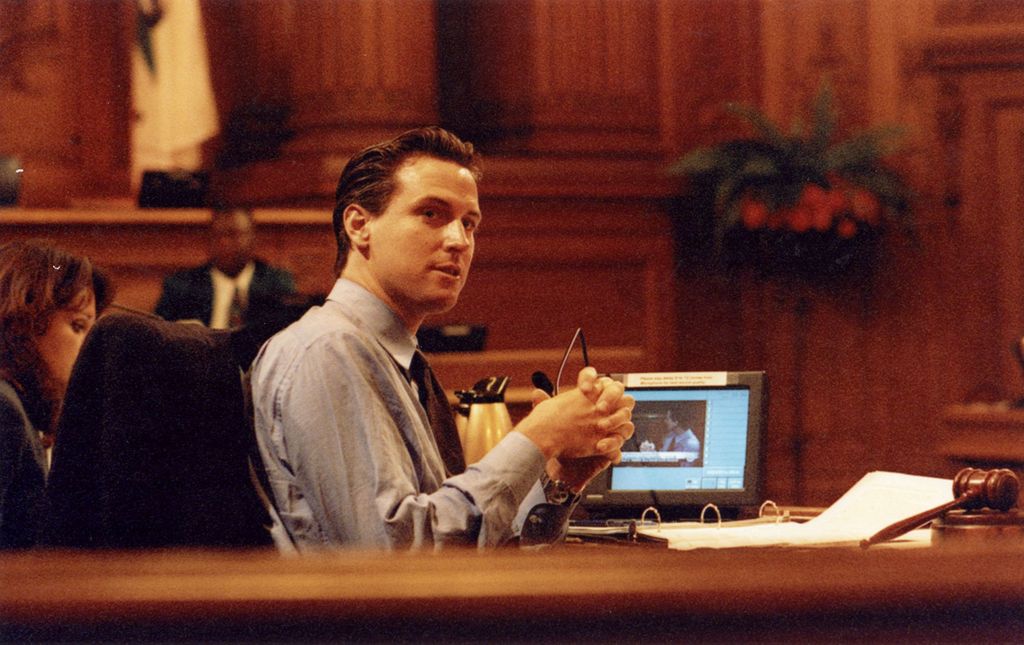
2. **The Educational Gap Without a Mentor: Missing Academic Navigation**Beyond the broader influence of a role model, a mentor offers a more direct, intimate form of guidance. A mentor is characterized as an individual with whom a youth shares a “close, trusting relationship in which the mentor provides guidance and encouragement.” This hands-on support is often vital for navigating specific challenges, particularly in academic pursuits. The study sought to understand the impact of having such a guiding figure, and its findings highlight a crucial area where the absence of mentorship can create significant deficits.
In the adolescent population studied, 44.4% reported having a mentor, which is a considerably lower percentage than those with role models. This suggests a widespread opportunity for greater support. The research uncovered a direct and statistically significant link between having a mentor and academic engagement: “Adolescents that identified as having a mentor had a higher interest in education than those who did not identify a mentor (p=0.007).” This finding is particularly salient given the lifelong impact of educational attainment.
For adolescents without a mentor, this translates into a measurable educational gap. The lack of a trusted individual to provide advice and encouragement in academic matters can leave young people feeling adrift, struggling to find direction or motivation in their studies. As the discussion section of the research notes, a decreased interest in education and school disengagement are known predictors of school dropout, delinquency, official offending, and future substance abuse. Thus, the absence of a mentor, while not a direct act of cruelty, sets the stage for a cascade of less favorable life outcomes, making it a critical area for intervention and support.

3. **The Happiness Deficit Without a Hero: Unanchored Aspirations**Heroes represent another distinct category of influencers, often admired for their “courage, outstanding achievements, or noble qualities.” While a hero might seem like a more distant figure than a mentor or even a role model, their aspirational qualities can provide a crucial sense of purpose and inspiration, deeply affecting an adolescent’s outlook and engagement with the world. The study uniquely explored the impact of having a hero, revealing significant insights into their contribution to overall well-being.
Only 33.8% of participants reported having a hero, making this the least common identified influencer category. Yet, the presence of a hero correlated strongly with several positive outcomes. Specifically, adolescents with a hero displayed “significantly more interest in education (p=0.0081), participated in safer behaviors (p=0.0380), and had higher happiness levels (p=0.0325) than those without a hero.” This comprehensive positive influence suggests that heroes provide more than just distant admiration; they offer a template for desirable qualities and achievements that can profoundly impact an adolescent’s drive and contentment.
Conversely, the absence of a hero implies a deficit in these crucial areas. Adolescents without a heroic figure to look up to might struggle with a lower interest in education, potentially missing a source of motivation to excel. They also engaged in less safe behaviors, perhaps lacking an ethical compass or a vision of courageous, responsible conduct. Most strikingly, the study identified a significant ‘happiness deficit’ among those without a hero. This suggests that the aspirational qualities of a hero contribute substantially to an adolescent’s sense of joy and fulfillment, providing a crucial anchor in their emotional development. The lack of such an anchor can lead to an unmoored sense of self, leaving them vulnerable to less positive developmental trajectories.

4. **Same-Age Peers as Mentors: A Hindrance to Education – The Proximity Paradox**While personal connections are often perceived as beneficial, the type of personal connection in a mentorship role can have vastly different outcomes. The study meticulously categorized mentors into family members, adult acquaintances, same-age peers, celebrities, and public figures, allowing for a detailed comparison of their respective impacts. A particularly illuminating finding emerged when comparing the educational influence of same-age peer mentors against more experienced figures.
The research revealed that “those who identified a family member or adult acquaintance as their mentor had a higher interest in education than those who identified a same-age peer mentor (p<0.0001, p<0.0001).” This striking result challenges the intuitive assumption that mentorship from someone relatable, like a peer, would always be advantageous. Instead, it suggests a 'proximity paradox' where familiarity might, in certain contexts, dilute the authoritative guidance needed for academic motivation.
The study’s discussion section provides a compelling explanation for this disparity, stating, “This could be because children see adults as authority figures and as people who have already successfully obtained an education, unlike school peers.” This analytical insight highlights that while peers offer camaraderie and shared experience, they may lack the perceived authority and proven track record to effectively guide academic aspirations. Consequently, relying solely on same-age peers for mentorship can subtly, but significantly, hinder an adolescent’s interest in education, an outcome that can have profound long-term consequences on their future opportunities and overall life success.

5. **Same-Age Peers as Mentors: Impact on Happiness – The Echo Chamber Effect**Beyond academic outcomes, the emotional well-being of adolescents is profoundly shaped by their mentorship relationships. The study further investigated how different mentor categories influence happiness levels, once again revealing a significant distinction between familial guidance and peer-based support. While peers are often a source of social connection, their role as mentors in fostering happiness appears to be less impactful than that of family members.
The data explicitly showed that “adolescents who identified a family member mentor had higher levels of happiness compared to same-age peer mentors (p=0.036).” This finding suggests that the unique dynamics of a family mentorship, characterized by deep emotional bonds and unconditional support, contribute more significantly to an adolescent’s happiness than the guidance provided by same-age peers. The emotional context of family provides a robust buffer against the stresses of adolescence, offering a sense of security and belonging that peers might not fully replicate.
This could be attributed to what one might call an ‘echo chamber effect’ in peer mentorship, where advice and emotional support, while well-intentioned, may lack the mature perspective or stability that family members can offer. Peers, grappling with their own developmental challenges, might inadvertently reinforce anxieties or offer less robust solutions, leading to comparatively lower happiness scores among their mentees. The implication here is that while peer support is valuable, relying on same-age peers as primary mentors for emotional well-being might subtly undermine an adolescent’s overall happiness, creating a quiet deficit in their emotional resilience.

6. **Personal Connections (Non-Family) as Mentors: Lower Happiness – The Limits of Acquired Bonds**The study also examined the broader grouping of “personal connections” for mentors, which included both adult acquaintances and same-age peers, contrasting them against family mentors. This broader categorization allowed for a more generalizable understanding of how non-familial, yet personally known, mentors influenced happiness. The findings reinforce the unique strength of familial bonds in supporting adolescent emotional health.
When comparing these three categories, the research indicated that “those with family mentors had higher levels of happiness… than those who identified only a personal connection to their mentor (p=0.039…).” This distinction is crucial, suggesting that even adult acquaintances, while offering valuable guidance, may not provide the same depth of emotional support and stability as a family member. The bonds within a family often carry a history of shared experiences, implicit trust, and an enduring commitment that are harder to replicate in acquired relationships.
This lower happiness among adolescents with non-family personal connection mentors highlights a subtle yet significant area where the support system might be less robust. While these mentors undoubtedly offer benefits, they may not fully compensate for the deep emotional security that familial mentorship provides. The emotional landscape of adolescence is complex and demanding, and the subtle ‘cruelty’ here lies in the potential for these less robust emotional anchors to leave adolescents feeling less fulfilled, less secure, and consequently, less happy than their peers benefiting from strong family mentorship.
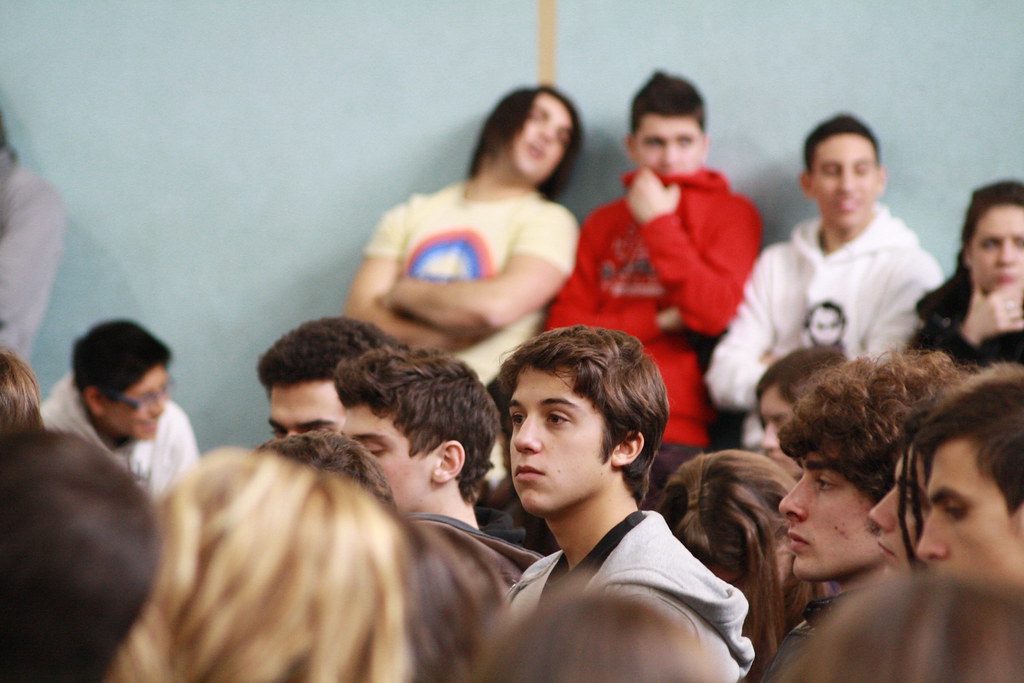
7. **Personal Connections (Non-Family) as Mentors: Compromised Safety – The Untapped Protective Power**
The impact of mentorship extends beyond emotional well-being and academic interest to the tangible realm of safety and behavior. The study’s analysis of mentor categories revealed a parallel trend in safety outcomes, underscoring the protective role that family members often play in an adolescent’s life. This finding directly links the type of mentorship to practical, real-world consequences for young individuals.
Specifically, the data showed that when comparing family mentors to personal connection mentors (which encompassed adult acquaintances and same-age peers), “those with family mentors had higher levels of happiness and participated in safer behaviors than those who identified only a personal connection to their mentor (p=0.039, p=0.041).” This indicates a measurable difference in the practical guidance and protective influence offered by family members, leading to adolescents engaging in safer practices.
The implication is profound: family mentors not only contribute to higher happiness but also instill behaviors that directly enhance an adolescent’s safety. This could be due to more consistent monitoring, direct instruction on avoiding risks, or simply a stronger sense of accountability fostered within the family unit. The less safe behaviors observed among those with non-family personal connection mentors suggest a missed opportunity for robust protective guidance. This ‘cruelty’ is not an active harm but rather a consequence of less effective protective influence, leaving adolescents potentially more vulnerable to engaging in risky situations and experiencing less favorable outcomes related to their physical and mental safety. The protective power of family mentorship, when absent or less emphasized, creates a noticeable void in an adolescent’s behavioral safeguards, leading to tangible risks in their daily lives.
Our journey through the landscape of adolescent influence continues, moving beyond the foundational impacts of absence and specific mentorship types to confront the nuanced and sometimes detrimental effects of different hero categories and the broader implications of negative behavioral modeling. This deeper dive reveals how figures often placed on pedestals can inadvertently steer young individuals toward less favorable paths, often through mechanisms that are subtle yet profoundly impactful.
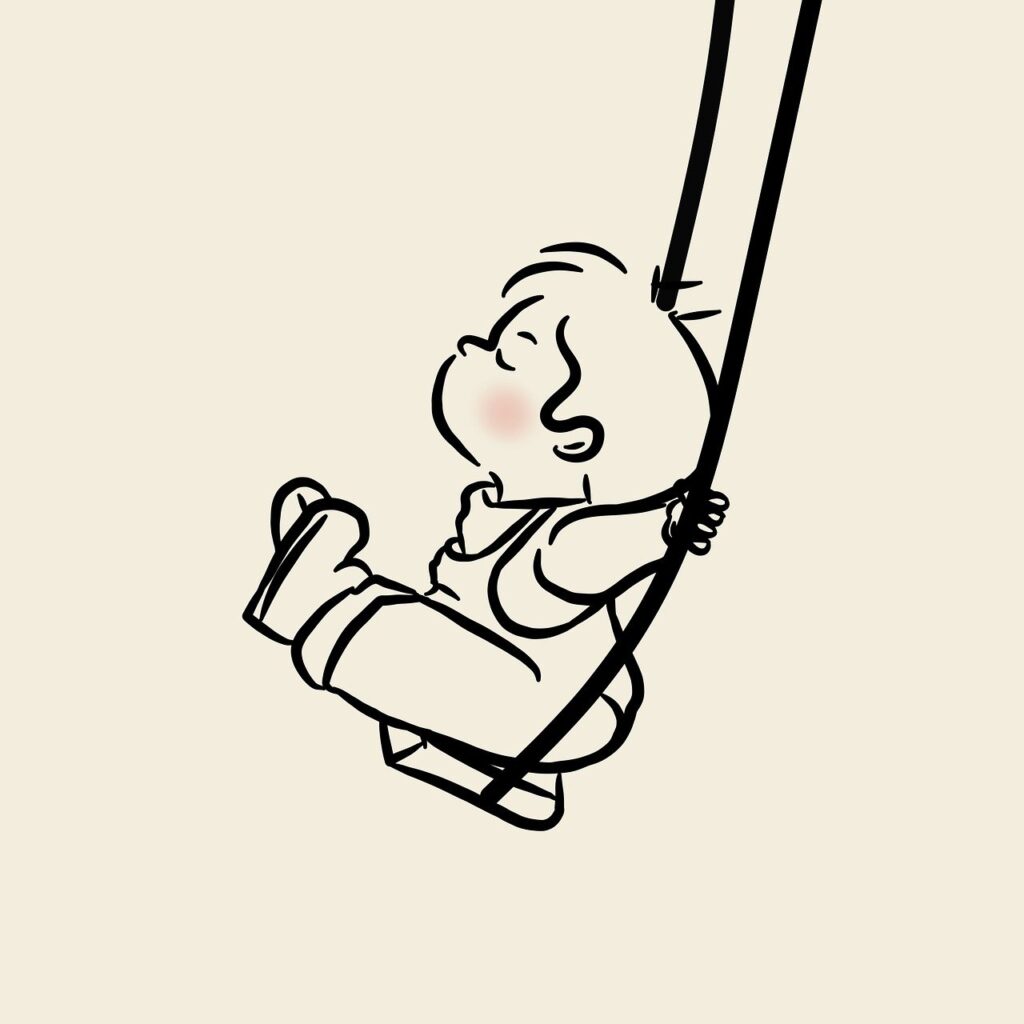
8. **Celebrity Heroes: A Compromise on Safer Behaviors**While heroes, in general, are associated with positive outcomes, the *type* of hero an adolescent looks up to profoundly shapes their behavior. The study sheds light on a significant distinction when it comes to safety: adolescents who identified family members as their heroes consistently exhibited safer behaviors than those who revered celebrities. This finding challenges the often-glamorous perception of celebrity influence, revealing a tangible downside.
Specifically, the data showed that adolescents with family heroes had “safer behavior (2.39 ± 0.70)” compared to those with celebrity heroes who scored significantly higher on less safe behaviors, at “(3.16 ±1.86, p=0.0277)”. This numerical difference, while seemingly small, indicates a statistically significant trend that merits closer examination. It suggests that the aspirational qualities of family members translate into practical, protective behaviors more effectively than the distant admiration for a celebrity.
The implications are substantial. Family heroes, by virtue of their direct involvement and lived experience, likely offer more concrete examples and consistent reinforcement of safe practices. Celebrities, often viewed through the filtered lens of media, may present an image that, while inspiring in some aspects, does not always provide the granular, real-world guidance necessary for navigating daily risks. This can create a gap in an adolescent’s behavioral safeguards, subtly compromising their safety despite the presence of an admired figure.

9. **Peer Heroes: The Heightened Risk of Emulation**The allure of peer influence during adolescence is undeniable, and the study reveals a concerning pattern when same-age peers are elevated to the status of heroes. While peer connection is crucial, looking up to peers as heroes can lead to a measurable increase in risky behaviors, especially when compared to the influence of celebrity figures.
The research explicitly states that “those with peer heroes (11.3 ± 2.31) had more risky behavior than those with celebrity heroes (9.16 ± 1.98, p=0.0347).” This is a counter-intuitive finding for many, suggesting that while celebrities might lack the direct influence of family, they still exert a more responsible behavioral pull than same-age peers when it comes to risk-taking. Peers, by definition, are still navigating their own developmental challenges and may not possess the mature judgment or life experience to model truly safe and constructive behaviors.
This heightened propensity for risky behavior among those with peer heroes can be attributed to several factors. The desire for social acceptance, coupled with an underdeveloped sense of consequences, can lead adolescents to emulate the riskier actions of their peer heroes. The study’s discussion notes that engaging in risky behaviors during adolescence is associated with less favorable outcomes in young adulthood, making this form of ‘cruel behavior’—the unintentional encouragement of risk—a critical area for intervention. It underscores the importance of encouraging adolescents to look beyond their immediate social circles for figures whose actions genuinely promote long-term well-being.
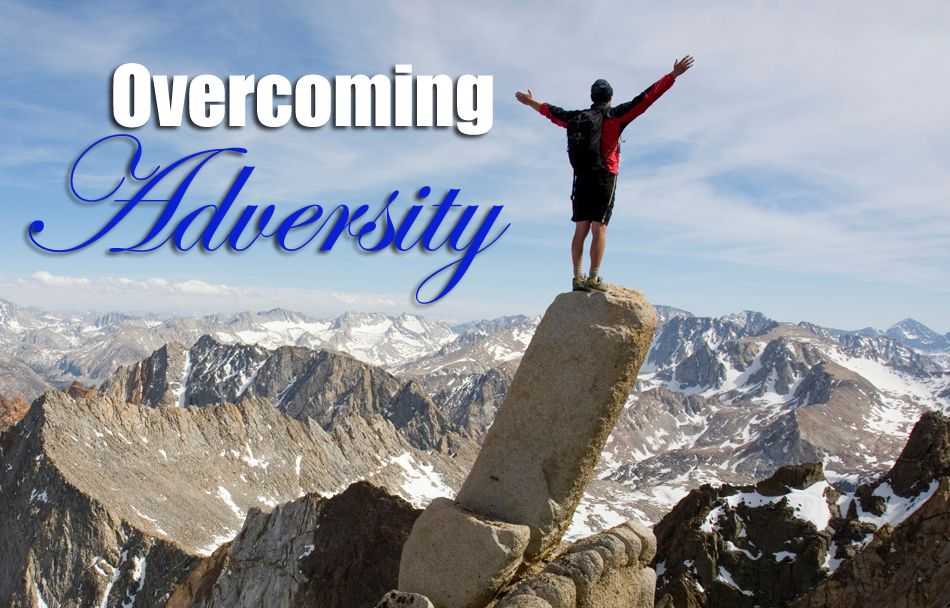
10. **Celebrity and Public Figure Heroes: A Drag on Educational Interest**While heroes can inspire, the study indicates that not all heroes are created equal when it comes to fostering academic enthusiasm. A particularly insightful finding highlights a drawback of choosing celebrity or public figure heroes: they appear to be less effective in cultivating a strong interest in education compared to adult acquaintances.
The data shows that “children with adult peer heroes had a higher interest in education (2.00 ± 0) compared to those with celebrities (3.79 ± 1.03, p=0.0246) or public figures (3.78 ± 1.09, p=0.0333) as their heroes.” This suggests a tangible educational deficit associated with looking up to distant, often idealized, public figures. The scores, where lower values indicate higher interest in education, clearly illustrate this disparity.
The research’s discussion section offers a compelling explanation: “Idolizing someone you know may have more direct positive effects than a person you only know through the media.” An adult acquaintance, even if not a family member, provides a relatable, tangible example of someone who has likely successfully navigated the educational system. Their guidance and life story offer a practical blueprint that distant celebrities or public figures, whose successes might seem unattainable or disconnected from academic effort, cannot provide. This subtle ‘cruelty’ lies in the missed opportunity for educational inspiration, potentially leading to school disengagement and its well-documented long-term negative consequences.

11. **Public Figures as Role Models: An Unexpected Edge in Safety**Intriguingly, while familial influence generally correlates with more positive outcomes, the study presented a specific context where public figures as role models demonstrated an unexpected advantage. When examining role models, the research found that public figures, in certain aspects, out-performed family members in promoting safer behaviors.
The findings indicated that “those who chose public figures exhibited safer behaviors than those who chose a family member (p=0.0448)” in the context of role models. This specific detail provides a fascinating counterpoint to the broader trend of family members having the most beneficial impact. It challenges the conventional wisdom that personal, familial connections are always superior across all outcome measures. Public figures, often admired for altruistic deeds or contributions to society, may embody ideals of caution and responsibility that resonate strongly with adolescents, leading to a demonstrable positive effect on their safety behaviors.
This particular insight suggests that the public narrative surrounding certain figures—those known for their contributions to public good or their careful navigation of complex situations—can serve as a powerful, albeit indirect, guide for adolescents. Their public persona, focused on positive societal contributions, might inadvertently offer a compelling model for avoiding risks and prioritizing well-being. This highlights the multifaceted nature of influence and the importance of considering specific behavioral outcomes when evaluating the impact of different role model categories.
Read more about: Buyer Beware: 12 SUV Models Plagued by Expensive, Post-Warranty Repairs
12. **Personal Connection Heroes: A Link to Riskier Behavior**Shifting back to heroes, the study uncovered another concerning pattern regarding those with whom adolescents have a personal connection (defined as adult acquaintances and same-age peers). When these individuals are chosen as heroes, adolescents tend to engage in riskier behaviors compared to those who look up to public figures.
Specifically, the data revealed that “participants who had a personal connection to their hero were more likely to have riskier behavior than those who identified a public figure hero (p=0.0422).” This is a significant finding that further delineates the complex dynamics of heroic influence. While personal connections can be a source of strength and guidance, when these individuals are elevated to ‘hero’ status, particularly when they are peers or acquaintances still navigating their own lives, the modeling of behavior may lean towards less cautious choices.
Public figures, especially those known for their achievements or noble qualities, often represent a more aspirational and less immediate source of behavioral modeling. Their actions are typically scrutinized on a larger stage, often embodying ideals of responsibility and success that are less prone to immediate, impulsive risky behaviors. The ‘cruelty’ here lies in the unintended consequence of emulating heroes who, despite their personal closeness, may inadvertently normalize or encourage behaviors that carry higher risks for the adolescent.

13. **The Echo of Negative Role Models: Broader Behavioral Costs**Beyond the comparative analysis of different influencer categories, the study’s introduction clearly articulates the existence and impact of “negative role models.” This concept moves away from unintentional detriments to the more overt harms caused by emulating individuals who participate in socially inappropriate and illegal behaviors.
As the introduction states, “Just as role models can have a positive influence on adolescent development, role models who participate in socially inappropriate and illegal behaviors can have a negative effect.” These “negative role models” are not merely lacking in positive guidance; they actively model detrimental behaviors. The research links these figures to a range of serious developmental challenges, extending far beyond academic interest or general happiness.
The consequences are profound: “These ‘negative role models’ have been linked to externalizing behaviors such as violent and nonviolent delinquency, internalizing behaviors such as feelings of anxiety and depression, and substance use behaviors.” This highlights a pervasive form of ‘cruel behavior’ where the very blueprint an adolescent adopts is destructive, leading to a cascade of psychological and social issues. Understanding the mechanisms of these negative influences is paramount for early intervention and fostering environments that promote positive behavioral modeling.
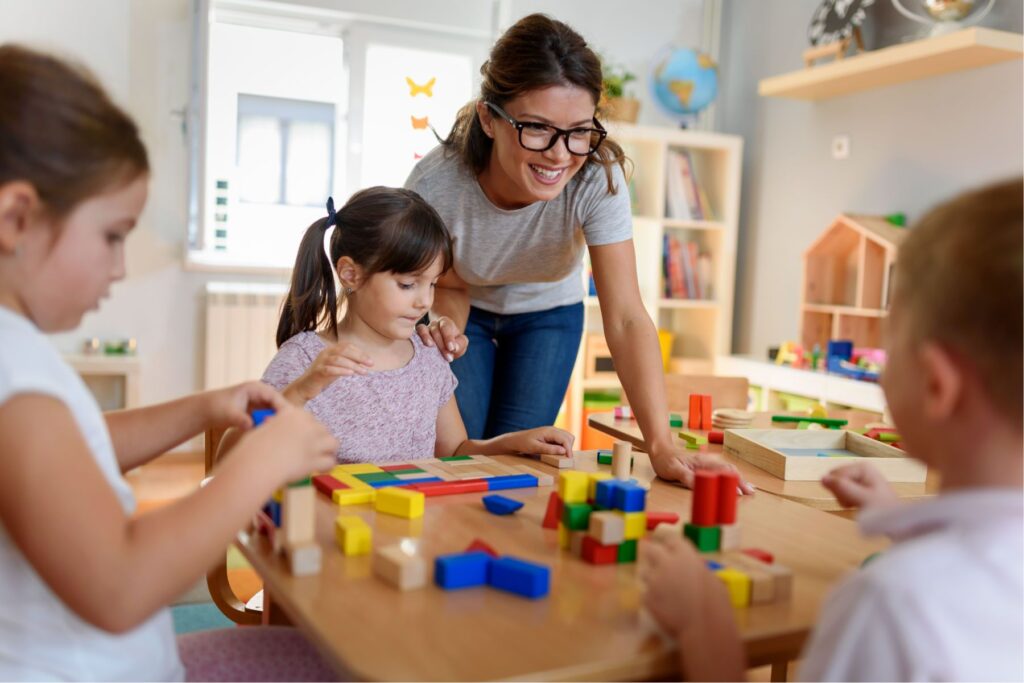
14. **The Long Shadow of Disengagement: Educational and Behavioral Trajectories**The most profound ‘cruelty’ of problematic influences, or their absence, is often not immediately apparent but manifests in the long-term trajectories of an adolescent’s life. The study’s discussion section effectively synthesizes how early patterns of school disengagement and engagement in risky behaviors, influenced by role models or their lack, cast a long shadow over adulthood.
The research explicitly links a “decreased interest in education and school disengagement” as a predictor of “school dropout, delinquency, official offending, and future substance abuse in adolescence and early adulthood.” The repercussions are severe, with school dropout specifically tied to “substantially lower income, decreased health, and crime involvement and incarceration.” This illustrates how the subtle erosion of academic interest, often stemming from inadequate or misleading guidance, can profoundly limit future opportunities and well-being.
Similarly, engaging in “risky behaviors during adolescence is associated with less favorable outcomes in young adulthood relating to health, economic success, family formation, and incarceration.” The timing of these behaviors is crucial: “Often, the earlier an adolescent participates in risky behavior, the more likely they will have negative adult outcomes.” These findings underscore that the choices adolescents make about whom to emulate, or the guidance they lack, have far-reaching, almost predetermined effects on their adult lives, marking a truly ‘cruel’ developmental cost. The study’s findings are a sobering reminder of the profound responsibility that falls upon all who influence young people.
Our exploration beyond the image of admirable figures has revealed a complex tapestry of influence, where guidance, or its absence, shapes the very fabric of an adolescent’s future. From the subtle nudges toward safer choices by family heroes to the concerning pull of peer-driven risk, and the profound, life-altering impacts of educational disengagement, it’s clear that who adolescents choose to look up to carries immense weight. The data compels us to consider not just the obvious examples of positive mentorship, but also the nuanced, sometimes ‘cruel,’ realities of what happens when the guiding lights in their lives falter or lead them astray. Recognizing these dynamics is the first step toward fostering environments where every young person can find the inspiration and support truly needed to thrive.”

